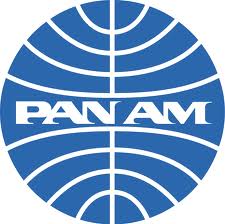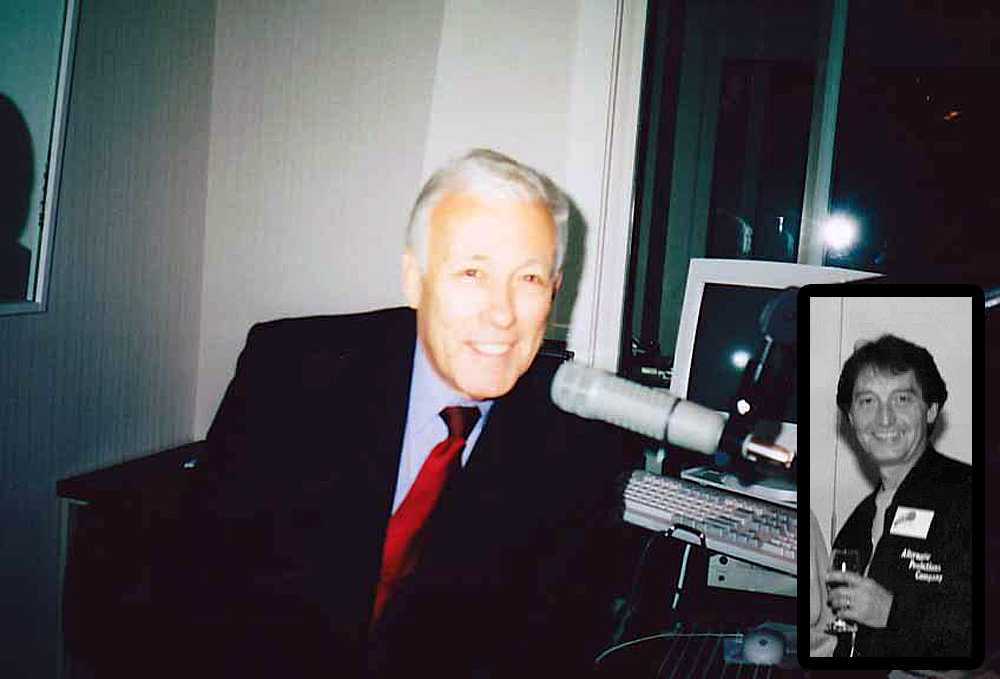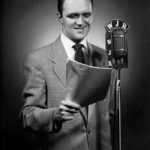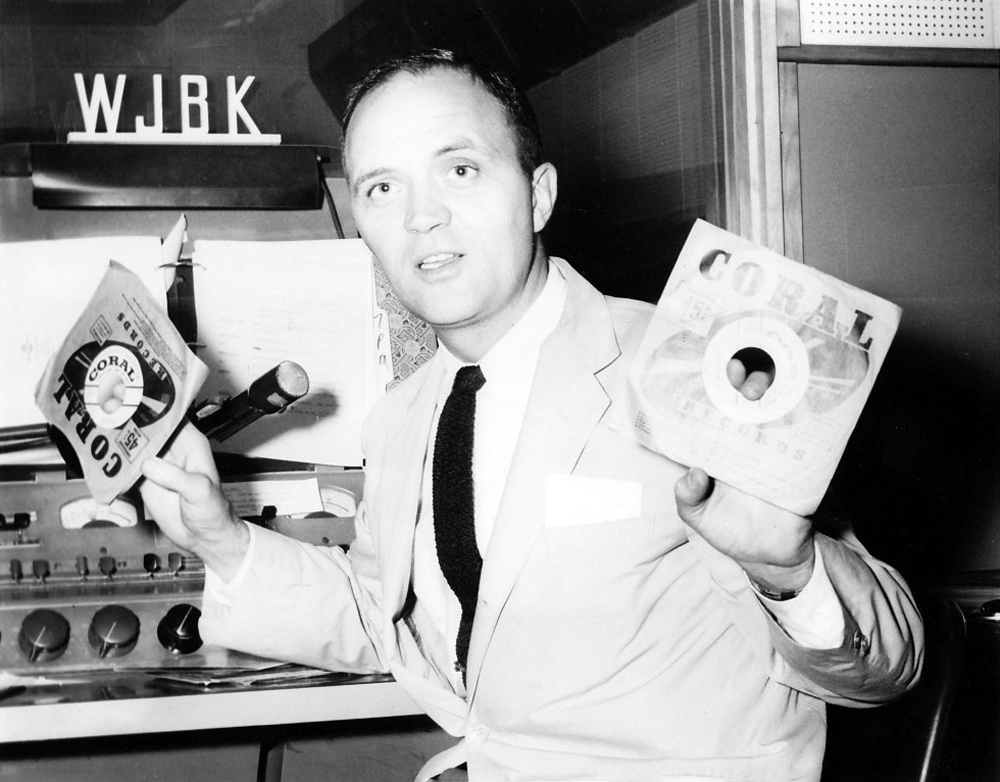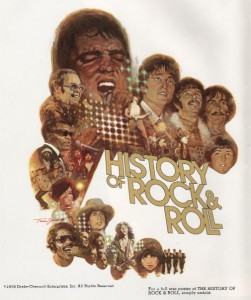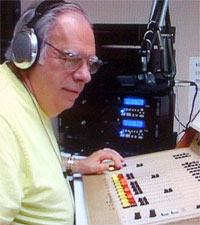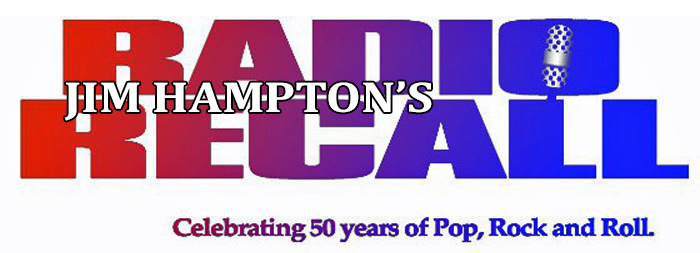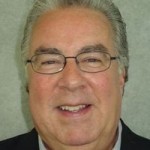From Wikipedia: Founded in 1927 as a scheduled air mail and passenger service operating between Key West, Florida and Havana, Cuba, Pan American World Airways became a major company credited with many innovations that shaped the international airline industry, including the widespread use of jet aircraft, jumbo jets, and computerized reservation systems. Identified by its blue globe logo, the use of the word “Clipper” in aircraft names and call signs, and the white pilot uniform caps, the airline was a cultural icon of the 20th century. In an era dominated by flag carriers that were wholly or majority government-owned, it was also the unofficial flag carrier of the United States. During most of the jet era, Pan Am’s flagship terminal was the Worldport located at John F. Kennedy Airport in New York.
At it’s height, Pan Am was everywhere, including it’s signature skyscraper located at 200 Park Avenue in Midtown Manhattan, New York City. Now branded with “Met Life”, it is a key part of the Manhattan skyline and one of the fifty tallest buildings in the United States.
The Pan Am name surfaced again on September 25, 2011 when a television series about the airline launched on ABC.
In the ’60s and early ’70s, Pan Am spent millions on radio and television advertising, touting it’s worldwide reach and superior service. Here are three examples.
*****
PAN AMERICAN AIRLINES (a)
PAN AMERICAN AIRLINES (b)
![]()
